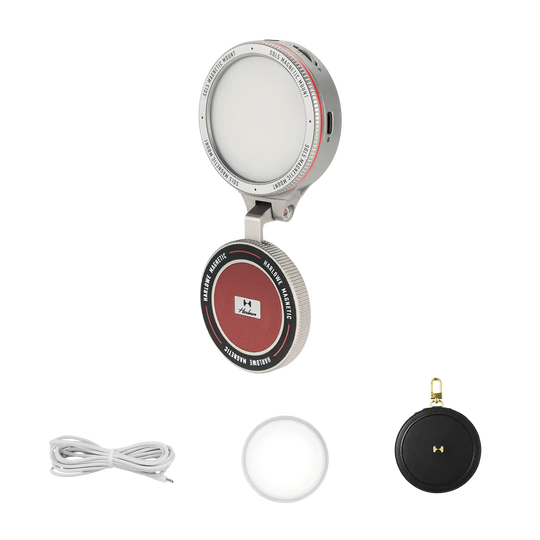Unlock Your Creative Potential: Discover the Ultimate Lighting Secrets for Stunning Content!
Lighting is one of the most critical aspects of content creation, playing a pivotal role in how visuals are perceived. Whether you're shooting videos for social media, crafting engaging tutorials, or capturing stunning photos, the right lighting can greatly enhance the quality of your work. With the correct setup, you can create a professional look that captivates your audience and elevates your message.

In the realm of content creation, various lighting options are available, each with unique characteristics and benefits. From the natural glow of sunlight to the consistent brightness of artificial lighting setups, understanding these choices can significantly impact your creativity and the overall aesthetic of your content. In this article, we’ll explore the different types of lighting available to content creators, helping you find the best fit for your artistic vision.
Understanding the Basics of Lighting
To make informed lighting choices, it’s essential to grasp the fundamental concepts of lighting. Broadly, lighting can be categorized into two types: natural and artificial. Natural light comes from sources like the sun and can vary in intensity and color throughout the day, while artificial light is generated by devices such as lamps and bulbs, providing more control over how and when you illuminate your space.
Key lighting terms to familiarize yourself with include soft light and hard light. Soft light diffuses more gently, reducing harsh shadows and creating a flattering effect, which is ideal for portraits. In contrast, hard light produces sharp shadows and high contrast, often used for dramatic effects. Color temperature, measured in Kelvin, indicates the warmth or coolness of light; understanding this can help you achieve the desired mood in your content.
Types of Lighting Options for Content Creators
When it comes to lighting for content creation, several options are at your disposal, each offering unique benefits and challenges.
1. Natural Light
Natural light can be a content creator's best friend. The soft, diffused quality of sunlight, especially during golden hour, can make your visuals look stunning without any additional equipment. However, relying solely on natural light has its challenges. Weather conditions can be unpredictable, and the quality of light changes throughout the day.
2. LED Lights
LED lights have become increasingly popular among content creators due to their versatility and energy efficiency. They come in various shapes and sizes, making them suitable for different settings, from small vlogs to elaborate studio setups. Content creator lights provide consistent lighting and often allow you to adjust color temperature, ensuring your content looks polished and professional.
3. Softbox Lighting
Softbox lighting is a favorite among photographers and videographers for its ability to create flattering, even lighting. These fixtures diffuse light through a soft fabric, minimizing harsh shadows and providing a natural look. They are particularly effective for portraits and product photography, helping to highlight details without overwhelming brightness.
4. Ring Lights
Ring lights have gained immense popularity in the beauty and vlogging communities, thanks to their unique design that offers even illumination. Positioned around the camera, they help reduce shadows on the subject's face, creating a beautiful glow. This makes them excellent for makeup tutorials, live streams, and close-up shots where detail matters.
Comparing Lighting Options
Choosing the right lighting option can be challenging, so let's compare these choices based on several factors.
1. Cost
Budget considerations are crucial for many content creators. While natural light is free, investing in quality artificial lighting can significantly improve your content's professionalism. LED and softbox lights vary in price, but often, a good setup can be found that balances quality and cost-effectiveness.
2. Portability
For creators who travel or shoot content on location, portability is vital. Natural light is inherently portable, but artificial lights vary. LED lights often come in compact designs, making them easy to transport. In contrast, softbox setups can be bulkier, potentially limiting their usability on the go.
3. Ease of Use
Ease of use is another critical factor, especially for beginners. Natural light requires minimal setup, but artificial lights can differ in user-friendliness. LED lights are generally straightforward, while softboxes may require more time to set up correctly. Ring lights are typically user-friendly and easy to adjust, making them suitable for all experience levels.
Transform Your Content with Lighting
In summary, lighting is an essential element that can transform your content from ordinary to extraordinary. By understanding the various lighting options available—natural light, LED lights, softboxes, and ring lights—you can make informed decisions that align with your creative goals and style.
Don’t be afraid to experiment with different lighting setups; the right lighting can unlock your creative potential and enhance the visual quality of your content. Embrace the power of lighting, and watch as your content flourishes!






